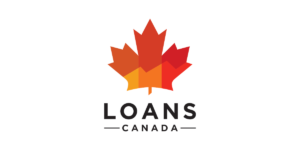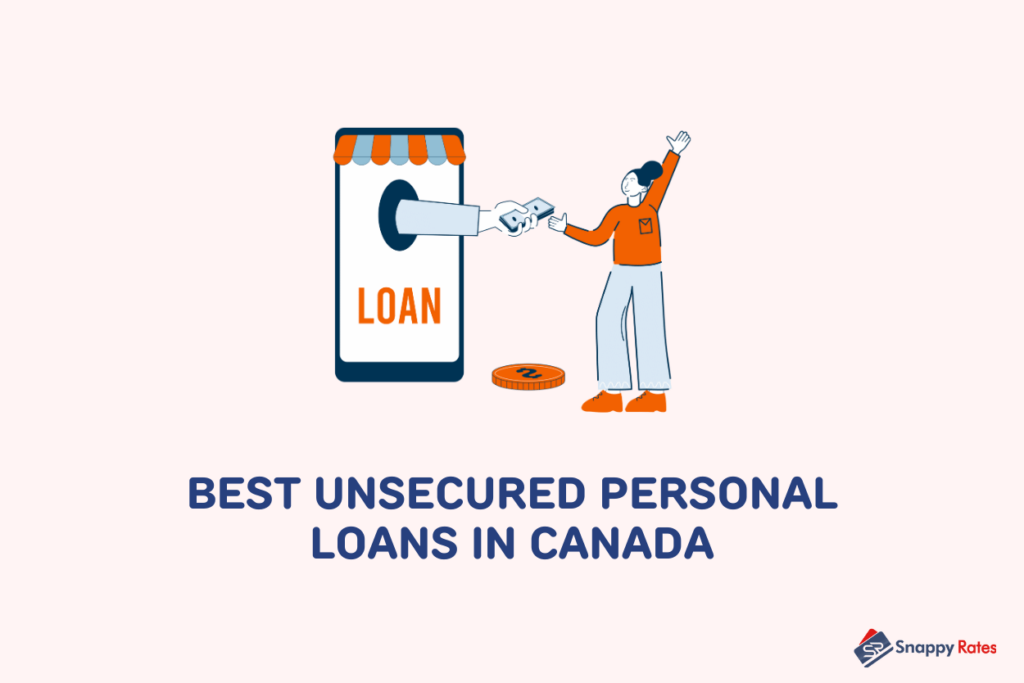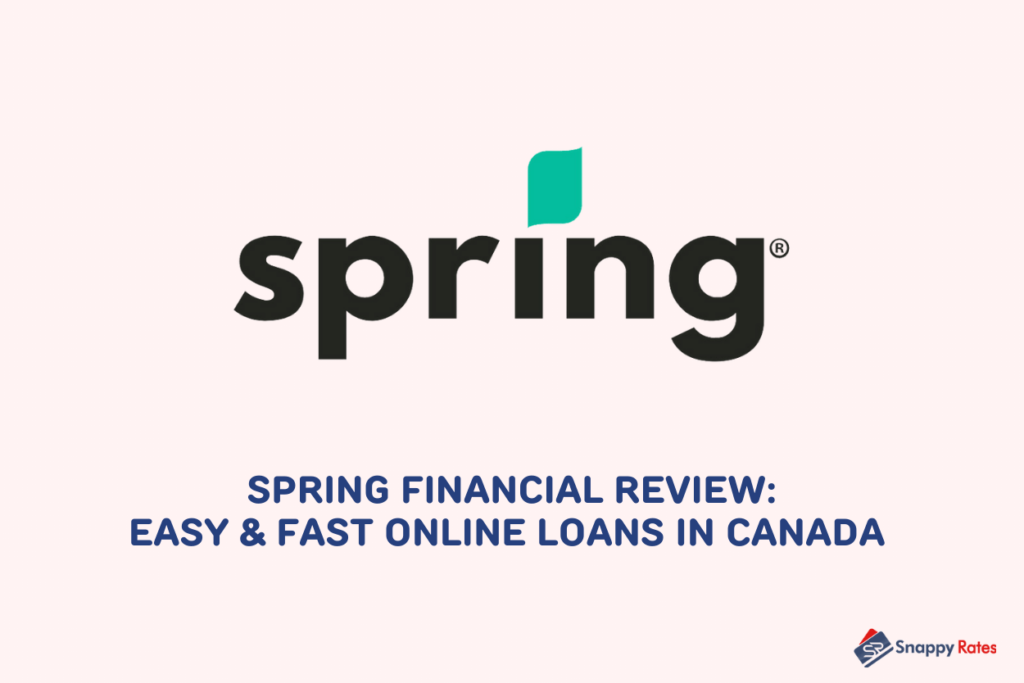Are you looking for a one-stop shop for up-to-date personal loan debt stats? Look no further. Here, we’ll discuss several statistics every Canadian should know in 2024.
From the average amount of household debt to the average number of people in debt, we’ve got all the current information on personal loan debts in Canada.
The statistics we’ll be looking at are the most current available, and we’ll be going over every detail.
Wondering how much debt the average Canadian holds in 2024? Or perhaps what demographic is most likely to take out a personal loan?
We’ve got the answers right here, so read on.
Why Canadians are Taking Out Personal Loans
There are many reasons why the average Canadian would take out a personal loan. But what’s the most common reason?
According to a survey by Finder from 2021, 41.25% of those surveyed said they took out a loan to buy a new car.
What’s most interesting about this is that the number of Canadians who took out a loan to buy a car was more than double the number of people who borrowed money to buy a house.
That same year, 19.5% of Canadians surveyed took out a loan to finance a mortgage.
Another 15.75% of those surveyed said they took out a loan to consolidate debt, 13.17% said they were renovating, and 13.92% used their loan to pay off a credit card.
How Many Canadians Plan to Take Out a Loan?
Do we as Canadians plan to take out personal loans, or does it come up suddenly?
More than 74% of Canadians surveyed said they weren’t planning on taking out a business or personal loan before they ended up doing so.
That’s interesting because the major cause of Canadians taking out loans was to buy a car. We can assume that the need to buy a car came unexpectedly because only 12.84% of survey takers said they planned to take out a loan last year.
It seems that personal loans are more likely to be taken out by Canadians on impulse or to take care of an unexpected need.
Number of Canadians in Debt
The results of a 2019 survey performed by the Government of Canada showed that 73.2% of Canadians have some kind of outstanding debt and about one-third (31%) of Canadians believe they have too much debt.
The study also suggested that the most common type of debt Canadians carry is a mortgage.
Around 40% of Canadians have a mortgage with a median amount of $200,000.
Homeownership is a major goal for most adults, which could be the reason that the most common type of debt is a mortgage.
Household Debt in Canada
The ratio of Canadian household debt to income has been steadily increasing over the years. As of July 2022, it hit a record-breaking 181.7%.
With more household debt being accumulated and less income to pay for it, it’s safe to say that we as Canadians haven’t totally recovered from the pandemic.
The total amount of household debt in Canada reached $2.33 trillion in 2020, and less than one-third of Canadians are debt-free.
These numbers have been rising since late 2019 and have increased steadily over the past three years.
For a little perspective, the debt-to-income ratio in 1980 was 66%. This is startling when we compare it to the 2022 181.7% ratio.
But how much does the average Canadian owe, and is it all mortgages?
The Average Canadian
Did you know that the average Canadian owes $73,500 to banks? Excluding mortgages, the average Canadian has around $21,000 in debt.
The second most common form of debt is credit card debt, with 29% of Canadians having some sort of credit card debt.
Canadians did, however, save an estimated $300 billion that we would have spent if not for stay-at-home protocols. This is a step in the right direction, but things aren’t improving regarding mortgage debt.
Mortgage debt is added to the amount of credit card debt and vehicle loans and leases.
This shows that although we saved some money during the pandemic, housing prices and other living expenses are now at an all-time high.
Related: One way to get out of debt is to manage how many credit card you should have.

Non-Mortgage Loans in Canada
Statistics Canada found that there has been an overall increase in non-mortgage loans.
They found that “Non-mortgage loans from chartered banks drove the increase with a growth of 2.0% (+$11.4 billion), the largest monthly increase since December 2021, while non-mortgage loans from non-banks edged down by 0.2% (-$0.6 billion).”
People are taking out more and more non-mortgage loans, which is interesting because, as we mentioned earlier, the average Canadian’s cost of living has increased nationwide.
It seems that Canadians are taking out more loans on top of their mortgage. As a side note, the highest percentage of loans being taken out are borrowed from non-financial corporations.
Household Mortgages Increase in 2022
In June 2022, household mortgage debt increased by 0.9%, which brought it up to $2,040.7 billion.
Not only are mortgage debts increasing, but Canadians as individuals are facing an average of $21,000 in other taxes or payments.
This makes the cost of living in Canada higher than it’s ever been, and this is all on top of the housing crisis we currently face.
On the bright side, it seems that debt is rising slower than it did last year. Although the total amount of household debt was up 0.6% in June of 2022, it’s a slower rise than in previous years.
However, Canadian household debt is still at an all-time high, with mortgages causing most of the damage.
Fraud Statistics – Is Fraud Decreasing?
Another interesting fact is that the reports of fraud in Canada seem to be decreasing.
As of August 2022, there were 61,305 reports of fraud. This may seem like a pretty high number, but when compared to the number of reports in 2021—107,139—things are looking a bit brighter.
Even though the reports of fraud seem to be decreasing, we still need to keep our eyes open.
In 2022 so far, we’ve still lost $332.7 million to fraud schemes. The most common types of fraud are identity theft and extortion.
If we compare the stats from 2020 to 2021, there was a 130% increase between the two years.
In Conclusion
Learning about the financial state of our country is as fascinating as it is important.
While it’s a little daunting that Canadians have more debt than ever before, it’s comforting to learn that the number of fraud reports has decreased.
Understanding where we are as a whole will help us as individuals to make better decisions in the future.
Related: Canadian Real Estate Stats.
Sources:





